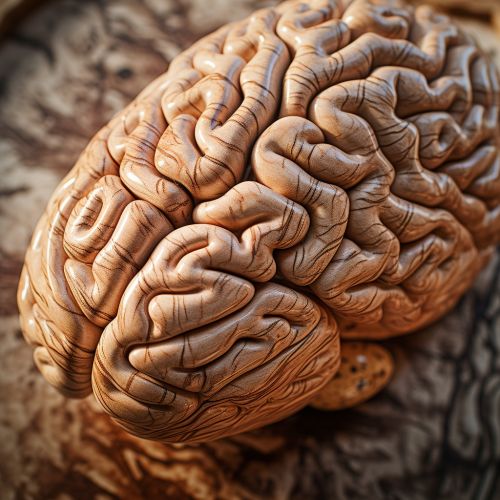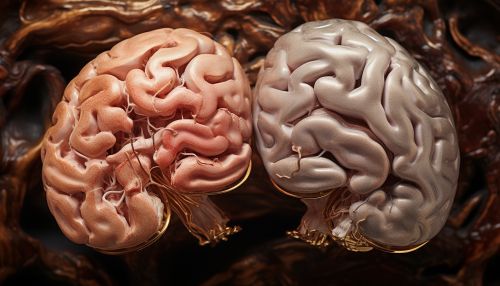Hemispheric Dominance
Hemispheric Dominance
Hemispheric dominance, also known as brain lateralization, refers to the distribution of mental processes and functions across the two hemispheres of the brain. Each hemisphere, the left and the right, is responsible for different cognitive and physical functions. Understanding hemispheric dominance is crucial to comprehending how the brain works and how it influences our behavior and abilities.


Overview
The human brain is divided into two hemispheres, each controlling the opposite side of the body. However, this control is not limited to physical functions; it extends to cognitive processes as well. The concept of hemispheric dominance suggests that one hemisphere may be more active, efficient, or even 'dominant' in performing certain tasks or functions.
History of Hemispheric Dominance Research
The study of hemispheric dominance dates back to the 19th century with the work of Paul Pierre Broca and Carl Ludwig Wernicke. Their research on patients with brain damage led to the discovery of areas in the brain that are crucial for language comprehension and production, now known as Broca's and Wernicke's areas.
Left Hemisphere Dominance
The left hemisphere of the brain is traditionally associated with logical thinking, including tasks related to mathematics, reading, and writing. It is also responsible for controlling the right side of the body. In most right-handed individuals, the left hemisphere is dominant.
Language Processing
One of the most significant functions of the left hemisphere is language processing. This includes both the production and comprehension of language. The left hemisphere houses Broca's area, which is involved in speech production, and Wernicke's area, which is responsible for understanding spoken and written language.
Analytical Thinking
The left hemisphere is also associated with analytical thinking. This includes tasks that require logic, such as solving a mathematical problem, or tasks that require sequential processing, such as following a recipe.
Right Hemisphere Dominance
The right hemisphere, on the other hand, controls the left side of the body and is more involved in creative tasks, such as recognizing faces, expressing and understanding emotions, and appreciating music and art.
Spatial Ability
One of the primary functions of the right hemisphere is spatial ability. This includes tasks that require an understanding of the spatial relationships between objects, such as navigating a map or assembling a piece of furniture.
Creative Thinking
The right hemisphere is also associated with creative thinking. This includes tasks that require holistic thinking, such as interpreting an abstract painting, or tasks that require intuitive thinking, such as composing a piece of music.
Hemispheric Dominance and Handedness
There is a strong correlation between hemispheric dominance and handedness. Most right-handed individuals have left-hemisphere dominance, while most left-handed individuals have right-hemisphere dominance. However, this is not always the case, and exceptions are common.
Hemispheric Dominance and Learning
Understanding hemispheric dominance can have implications for learning and education. For example, individuals with left-hemisphere dominance may benefit from traditional teaching methods that focus on logical and sequential learning, while individuals with right-hemisphere dominance may benefit from more creative and holistic teaching methods.
